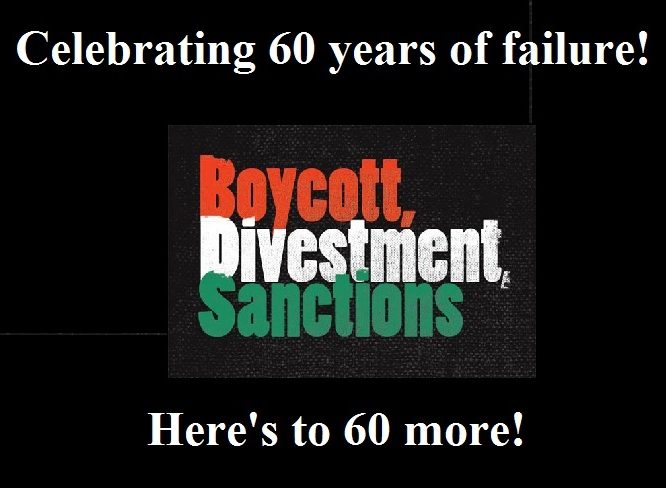Stanford is a great model for how a potentially explosive and divisive debate was skillfully shifted away from divestment to dialogue. When an anti-Israel initiative was launched, opponents organized a response that offered an attractive alternative for peace building, which ultimately convinced the proponents to drop their divestment bill and agree to a public student debate over the sources of the conflict.
The BDS Movement at Stanford: Campaign Restore Hope (CRH)
In late May 2010, the anti-Israel student group Campaign Restore Hope (CRH) proposed a bill to the Stanford Student Senate urging the university to divest from four companies that do business in the West Bank. Before long, they realized that Stanford was not actually invested in any of these companies, and chose others.
The Stanford Israel Alliance (SIA) reacted quickly, submitting an Op-Ed entitled “We Choose to Invest” to campus newspapers. In it, the author began by describing the negative atmosphere caused by past divestment efforts, which created tensions, alienated students, harmed interfaith dialogue, and imported the conflict to campus rather than exporting peace to the region. The article talked about how unlike divestment aimed against South Africa or Sudan, the divestment campaign against Israel is a crass bludgeon, which reduces an incredibly complex situation to euphemisms and demonization.
Instead, SIA suggested that students “Invest for Peace” (IFP) by raising support for the Palestinian microfinance NGO LendForPeace.org and the Israeli Peres Center for Peace. They clearly stated, “We support the Palestinian people in their desire for an independent state alongside the State of Israel. To that end, we wish to help the Palestinian people build up their infrastructure and economy, which will be the basis for a future state.” At the same time, they denounced divestment as a method that exacerbated divisions instead of solving the problem, and mentioned BDS’s past failures.
While CRH was not opposed to IFP, it argued that investing was not enough. While some were left wondering why they could not simultaneously divest and invest, most seemed unconvinced by CRH’s arguments, which IFP successfully deflated. The leaders of both groups spoke more and CRH ultimately decided to withdraw the bill and hold a joint event with IFP to discuss the Arab-Israeli Conflict.
Student Groups:
Campaign Restore Hope
Invest for Peace
Pro-CRH Op-eds:
CRH Already Succeeding
Understanding Divestment
Pro-IFP/Anti-CRF Op-eds:
A Two-State Solution
Honest Debate and its Enemies
CRH only Restores Divisions
Stanford is not the UN
Articles:
Divestment Propoents Drop Bill
Three Steps Forward: CRH and IFP
Petition Potential, ASSU Bill Sparks Divestment Debate
Campaigns Host Joint Middle East Debate
Divestment Drops ASSU Push
